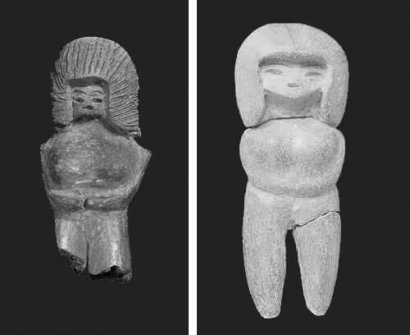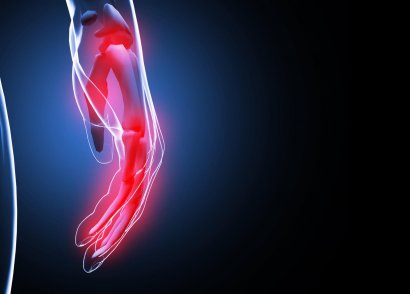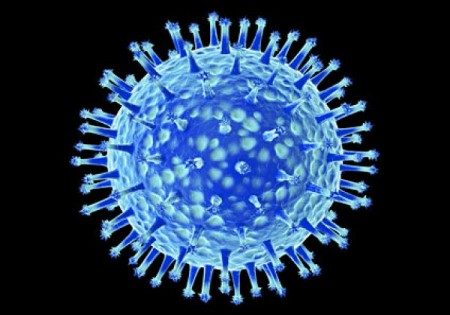 The word morphological is an adjective that is used to refer to those elements, phenomena or situations that have to do with morphology. Morphology is the study of the shapes that different things have. Usually, morphology is used in two well differentiated areas: in biology, to study the body, the shape of different living organisms, and in linguistics, to study and analyze words, the elements that they have, their forms and structures.
The word morphological is an adjective that is used to refer to those elements, phenomena or situations that have to do with morphology. Morphology is the study of the shapes that different things have. Usually, morphology is used in two well differentiated areas: in biology, to study the body, the shape of different living organisms, and in linguistics, to study and analyze words, the elements that they have, their forms and structures.
Morphological will then be everything that refers to either of these two areas of study. When we talk about something being morphological at the biological level, we will then be dealing with the science that observes and analyzes the different elements that make up the particular shape of each living organism and even each of its parts. Biological morphology studies, for example, the shape of the limbs in living beings, the shape of the nervous system and its circuit in some type of animal, the shape of the leaves of a plant, etc. All these elements are registered and within what are considered normal parameters, a certain type of rules can be established that in the event of alterations are recognized as different.
Linguistic morphology acts in the same way but in the universe of words, in the forms that they have in a text. Morphology, unlike other branches of linguistics, will not be interested in the abstract meaning of words if not in their form, in the structure from which a word is composed, but also a sentence, a paragraph and finally a text. Examples of things that can study linguistic morphology are, for example, the alterations that words have according to the gender to which they refer, according to whether they are in plural or singular, to accents, etc.









